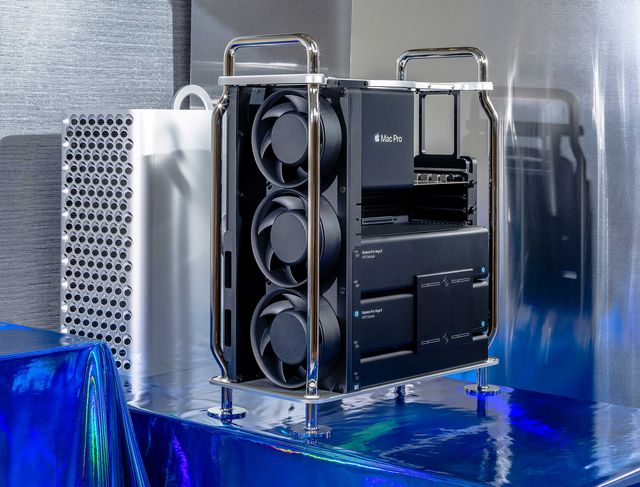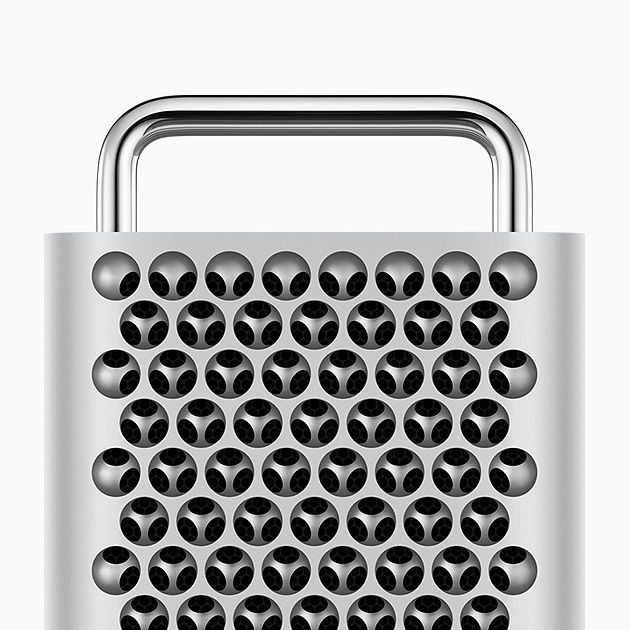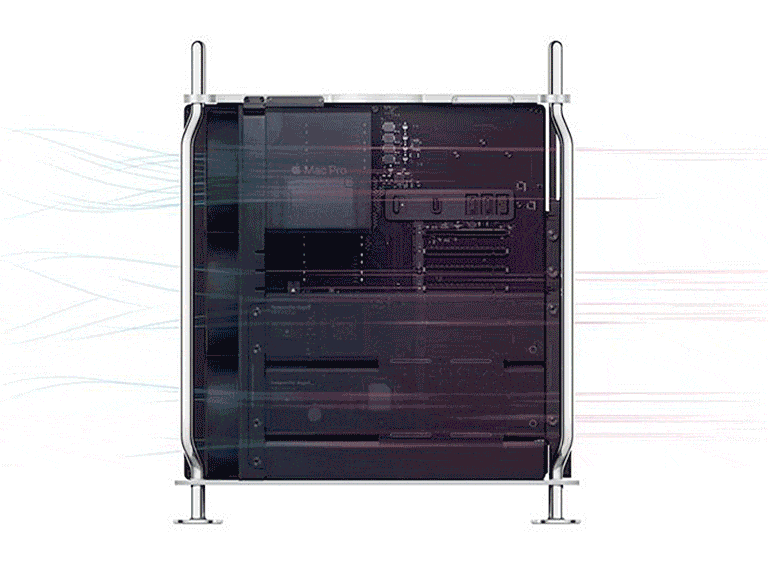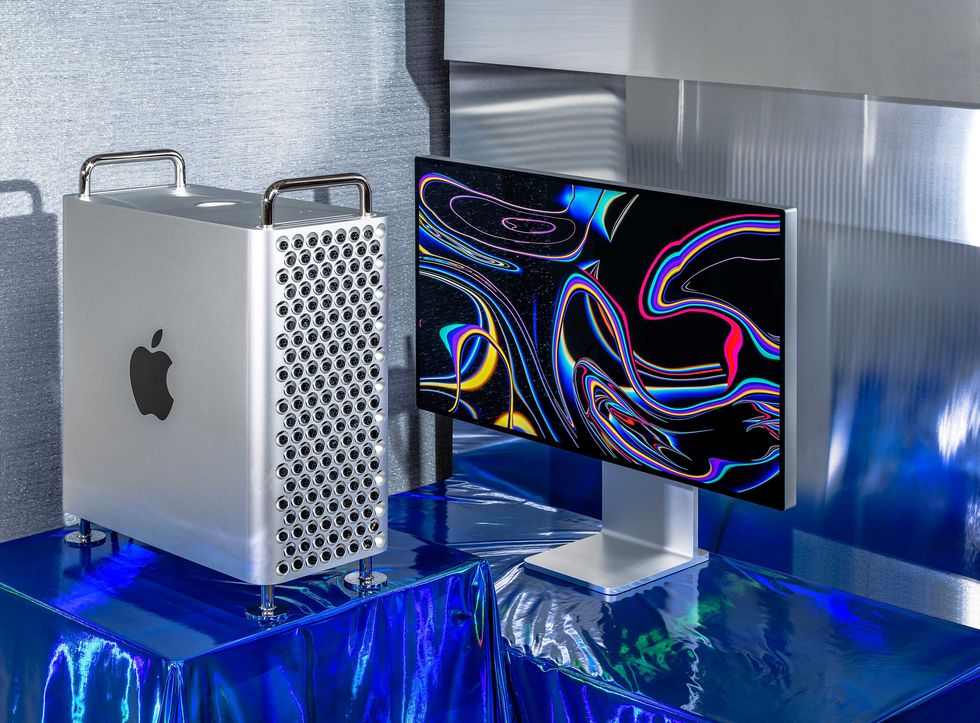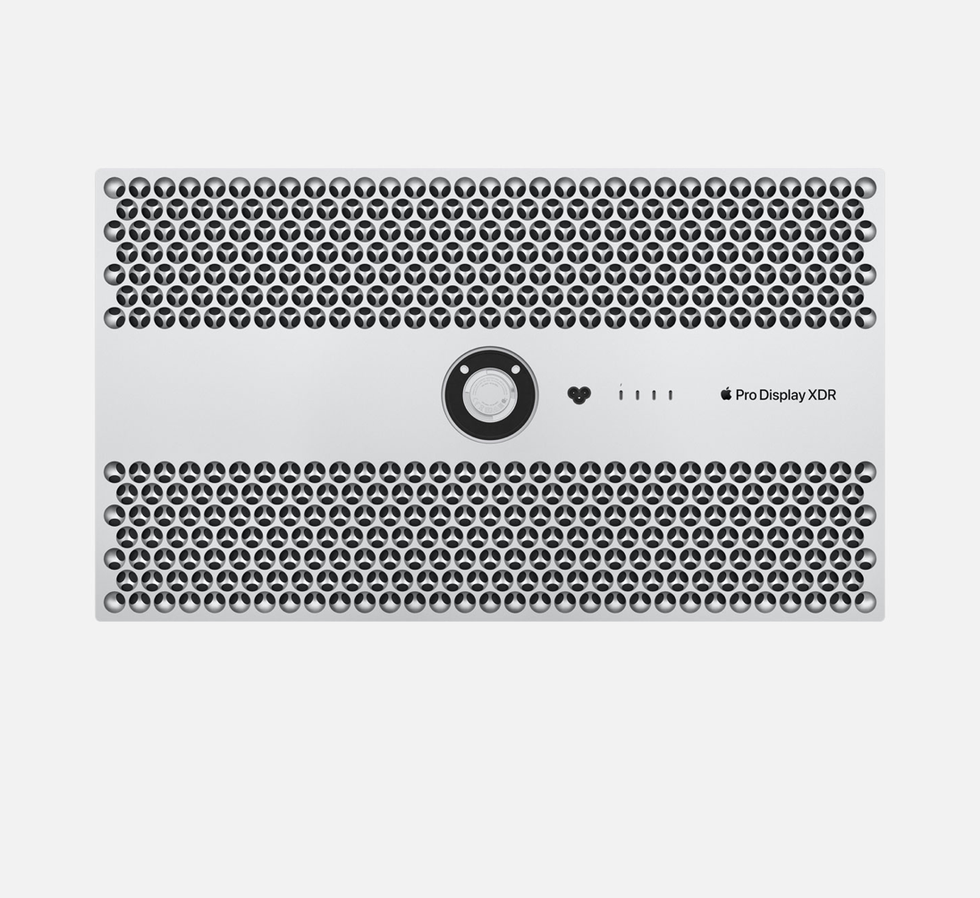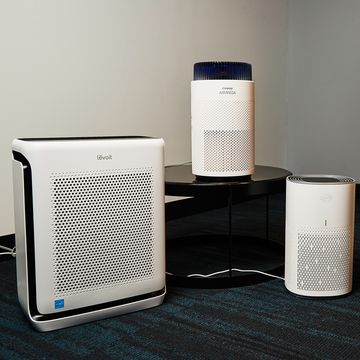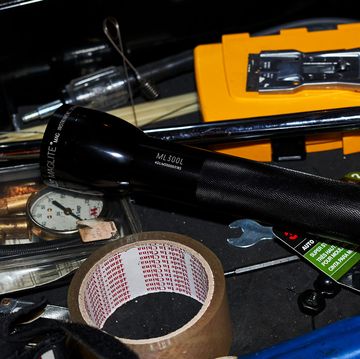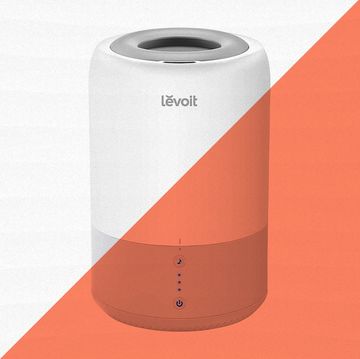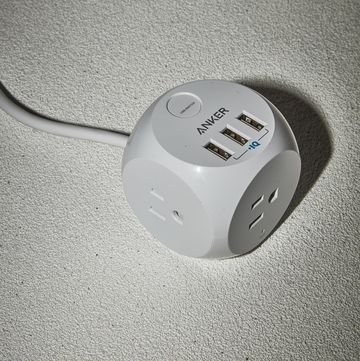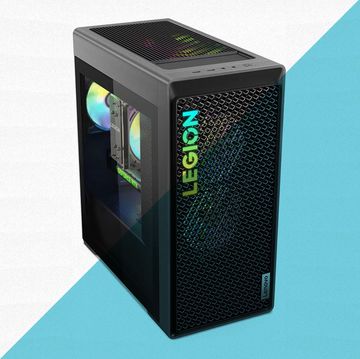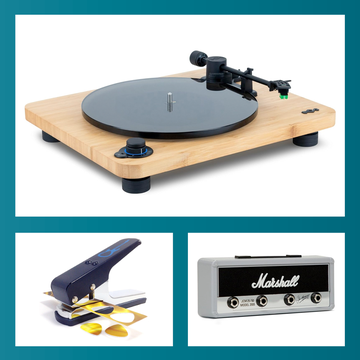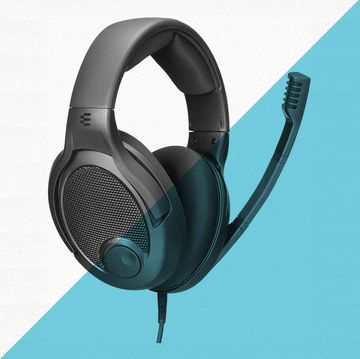Spend a few tens of thousands on optional upgrades, and the new Mac Pro becomes a list of superlative performance specs. A 28-core CPU. Twelve RAM slots, for up to 1.5 terabytes of DDR4 memory. Up to four GPUs. The 1.4 kW power supply. The Pro Display XDR ($4,999), is the same story. 6K resolution. 1,000,000:1 contrast ratio. 1,000 nits of sustained brightness, up to a peak of 1,600—for comparison on that last number, an iPhone 11 works in direct sunlight with only 625 nits.
But those numbers also come with a lot of heat. Most high-grade PCs and displays cool things off with big fans or pump-driven water systems. But if you’ve used a Mac in the past decade, near-silent operation is a non-negotiable requirement for Apple laptops. That means Apple engineers have to find creative ways to exploit the laws of thermodynamics.
Among those engineers is Chris Ligtenberg, Senior Director of Product Design. His name is on dozens of the company’s patents, but he’s especially interested in how air moves. (He’s also a pilot. “I fly a Beechcraft Turbo Bonanza, B36TC,” he says. Before that, he had a Piper straight-tail Lance, PA32R-300).
Ligtenberg’s group built the Pro’s fan system—three axial fans in the front, with a blower in the back. Since most off-the-shelf fans would be too loud, Apple designs them internally.
“Years ago, we started redistributing the blades ,” he says. “They’re still dynamically balanced, but they’re actually randomized in terms of their BPF [blade pass frequency]. So you don’t get huge harmonics that tend to be super annoying.”
Noise is a major factor in the design of modern machinery. In this case: “That [solution is] borrowed almost entirely from automobile tires,” Ligtenberg says. “There’s a bit of math behind it, but you can create broadband noise instead of total noise with that technique.”
Something loud but pleasantly pitched can be more tolerable than something quiet but irritating. “You can have something at a certain SPL [sound pressure level] that sounds really good, but you can have something that’s actually at a lower SPL that grates on your nerves and sounds really awful,” says John Ternus, VP of Hardware Engineering at Apple and head of the Pro and Pro Display’s development. “We want to get really great performance where, you either can’t hear it, or if you can hear it, it’s kind of a pleasant noise. A ton of analysis goes into figuring out how to optimize for that.”
One advantage of noisy fans: They can handle the impedance (resistance) caused by filtration systems, which some computers use to keep debris away from the vital components. The Pro and Pro Display do not have these kinds of filters. “We don’t have a need for that,” Ternus says.
“We create geometries that can deal with a certain amount of material getting on them,” Ligtenberg says. “And we go through testing to issue the lifespan of the system.”
Drywall demolition? That might make enough dust to cause problems, but an editing bay at Pixar shouldn’t gum up Pro.
Ideally, anyone who uses a Pro won’t even be aware of the fans’ presence. But it’s impossible to ignore the aluminum case, with those grids of precision divots covering the front and back of the Pro’s exterior and the rear of the Pro Display. That pattern is an ornate example of a passive cooling. That’s where you take a hot component, like a motorcycle engine’s combustion chamber, and attach metal protrusions that absorbs heat and then dissipates it. The more surface area the metal can expose to the air circulating around it, the better. Next time you walk by a motorcycle, look for the thin metal fins stacked along the outside of the cylinders.
In the case of the Pro, normal flat fins would not have worked. The Pro Display has to work both in landscape (horizontal) and portrait (vertical) modes.
“It’s very easy to get air trapped in channels,” Ligtenberg says. “A common solution, passively, is to have a finned enclosure, a heat sink. That was not possible.”
Rotating the thing 90 degrees would mess with the air flow through those fins. Hemispherical holes, however, work the same no matter which way is up. “We wanted free flow through the channels no matter the orientation,” Ternus says.
For the Pro computer, that new case design helps the new Pro get “about 20 percent more airflow” compared to the Power Mac G5 that precedes it.
Making those holes deep gets back to the first principle: more surface area means better dissipation. “[The pattern] gives us a lot of surface area, which is hugely beneficial,” Ternus says. The Pro Display has fans for specific components, but the bored metal holes are what keeps that huge panel of LEDs cool enough to run so bright.
For all except a small customer base—most of them in the business of making movies based on comic books—the Mac Pro is overkill. Few need between $5,999 and $52,599 worth of computing power. But Apple is a company known for overkill design that goes on to set industry standards.
Same as tech that first showed up in race cars, like rear-view mirrors and ABS, we’ll be watching for ways that the Pro sets standards for the future of consumer hardware.
As Editor in Chief, Alexander oversees all of Popular Mechanics’ editorial coverage across digital, print, and video. He has been a science and technology journalist for over 10 years and holds a Master of Arts degree from the Columbia University Graduate School of Journalism. He was previously Technology Editor for Popular Mechanics and before that, a contributor to publications including the Wall Street Journal, Wired, Outside, and was a product tester and reviewer for The Wirecutter. He has been called on to appear on live and taped broadcast programs including Today and programs on MSNBC. He lives in Pennsylvania and rides a 2012 Triumph Street Triple R motorcycle.

